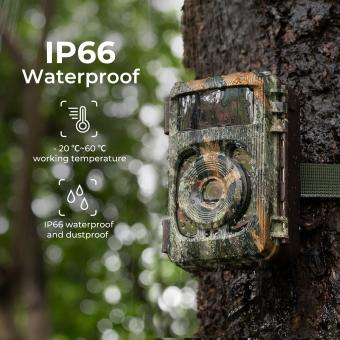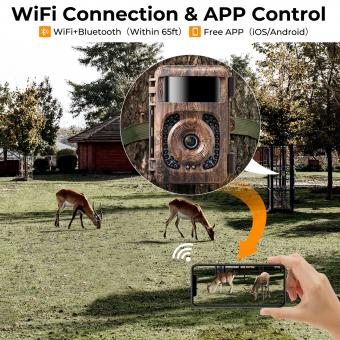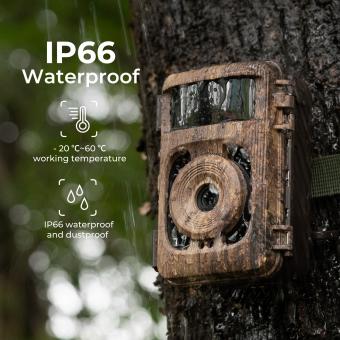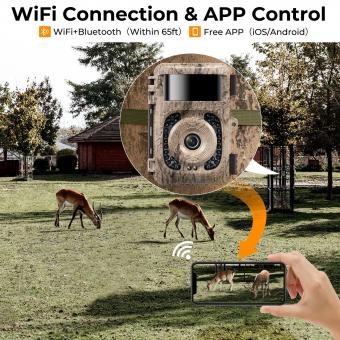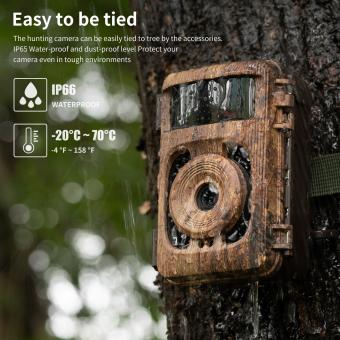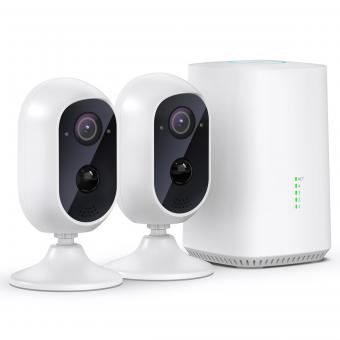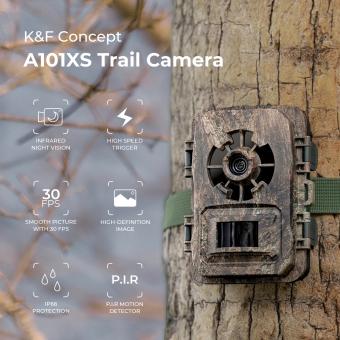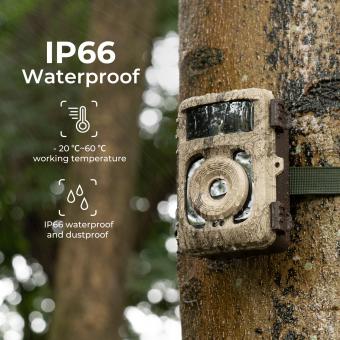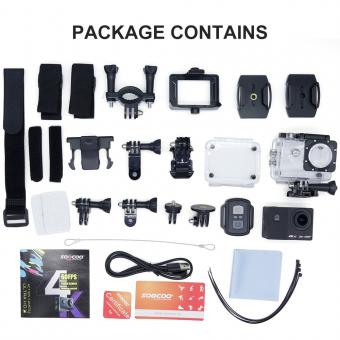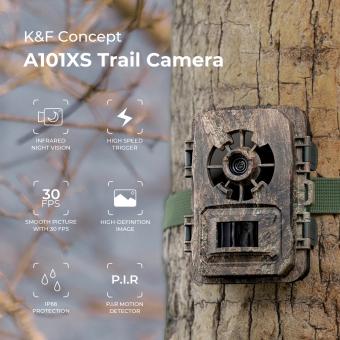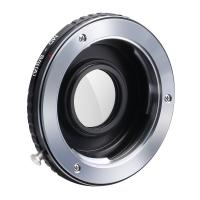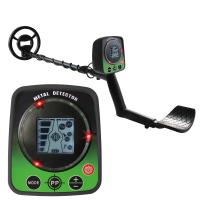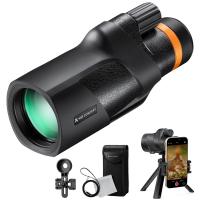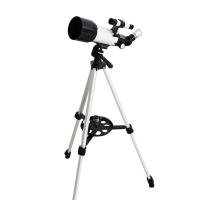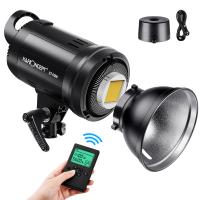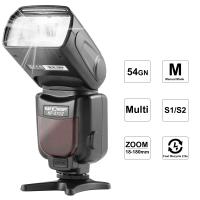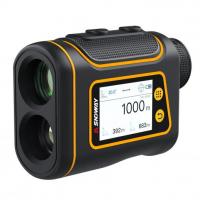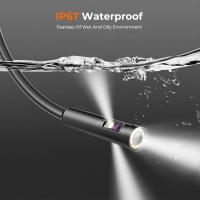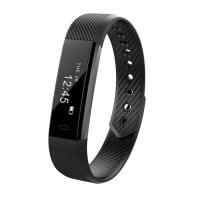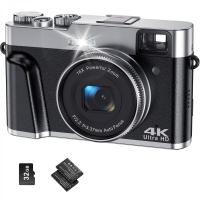Are wireless trail cameras worth it?
How does a wireless trail camera work?
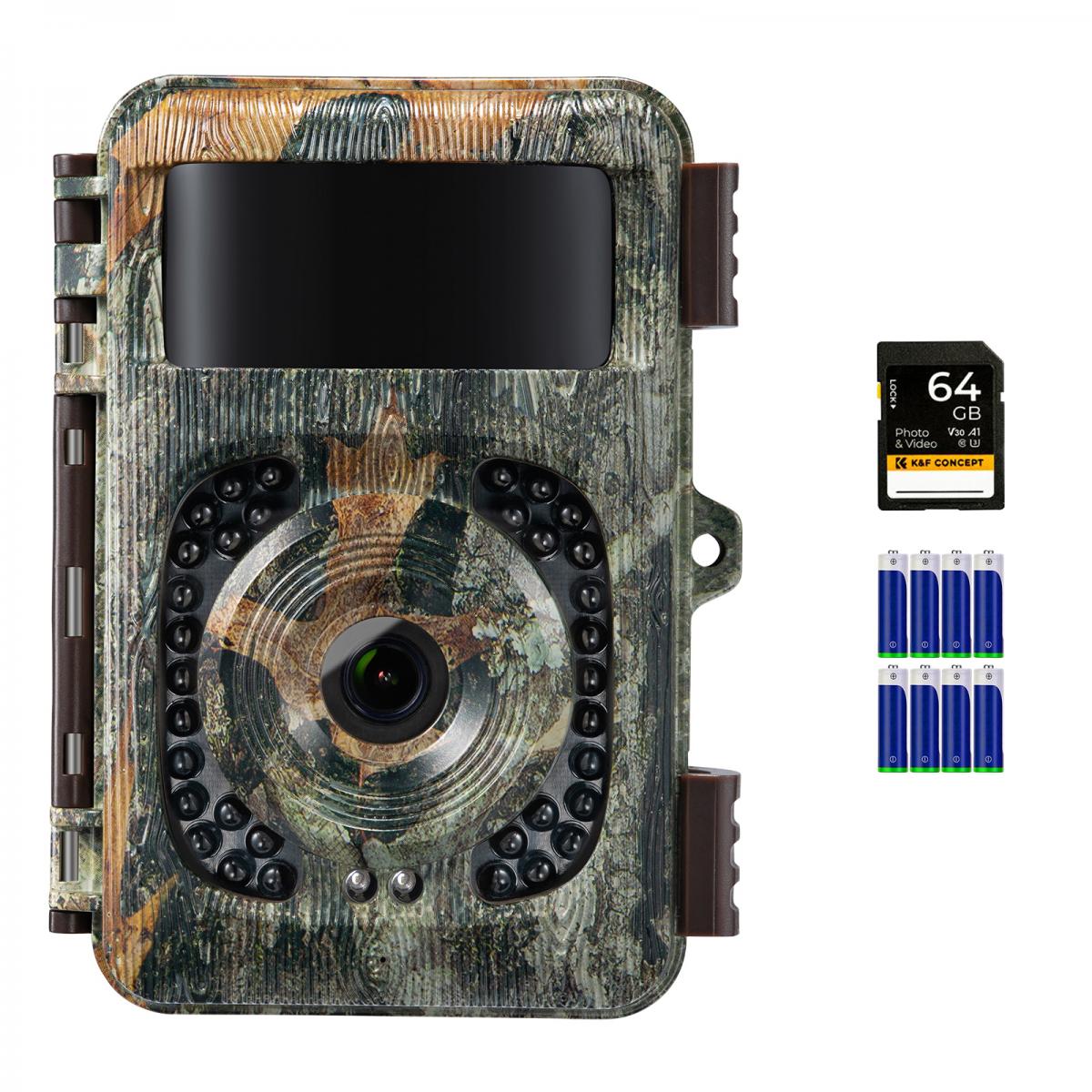
What groups need it? What is it used for?
- Ecological photography enthusiasts, and wildlife volunteer enthusiasts: For animal ecological monitoring or field reconnaissance automatic photo and video, time-lapse photography, etc.
- Hunting enthusiasts: Detect animals and their passage route types, etc., to facilitate a better selection of routes and hunting animals (please comply with the wildlife protection laws of your country).
- Office, family internal secret monitoring, and home anti-theft: Wireless trail cameras can be placed in any location including indoors and outdoors, or monitoring villas and courtyards around the environment, compared with ordinary surveillance cameras without wiring, more covert and more convenient to use!
- Journalists, investigation companies, private detectives forensics: For covert observation, photography, and videotaping;
- Ecological research, physical climate, environmental protection department: These cameras facilitate scheduled monitoring with automatic adjustments for environmental changes, ensuring comprehensive data collection across various ecosystems and landscapes like snowy mountains, grasslands, and plant plateaus.
- Nature reserves, agriculture and forestry academies, forestry bureaus, wildlife forest inspections, wetlands, universities, nature museums, animal and plant conservation associations, animal wildlife conservation and other scientific research, animal wildlife conservation, etc: For animal and plant surveys, ecological monitoring, behavioral studies, or biodiversity surveys;
- Public Prosecutor's Office, Prison, and Labor Detention Center: For covert surveillance, auditing, law enforcement evidence collection and control;
- Various nature reserves, forestry units, wildlife protection stations, and forest public security: Automatic infrared monitoring for the prevention of theft and hunting in forests economic crops, nurseries, animal farms, fish ponds, orchards, etc.
- Transportation and environmental monitoring stations, the Meteorological Bureau: Automatic visibility monitoring, etc;
Advantages of Wireless Trail Cameras:
.jpg)
The convenience of remote monitoring: wireless trail cameras allow users to monitor wildlife activity from anywhere with internet access, eliminating the need for physical presence at the camera's location. (Note: the WiFi is the hotspot signal generated by the camera, not your home WiFi.)

Real-time notifications: with wireless connectivity, users receive instant notifications on their smartphones or computers when the camera detects motion, enabling timely responses to wildlife activity.
 Reduced risk of disturbance to wildlife: since users can access footage remotely, there's no need to visit the camera site frequently, reducing the risk of disturbing wildlife and minimizing human impact on natural habitats.
Reduced risk of disturbance to wildlife: since users can access footage remotely, there's no need to visit the camera site frequently, reducing the risk of disturbing wildlife and minimizing human impact on natural habitats.
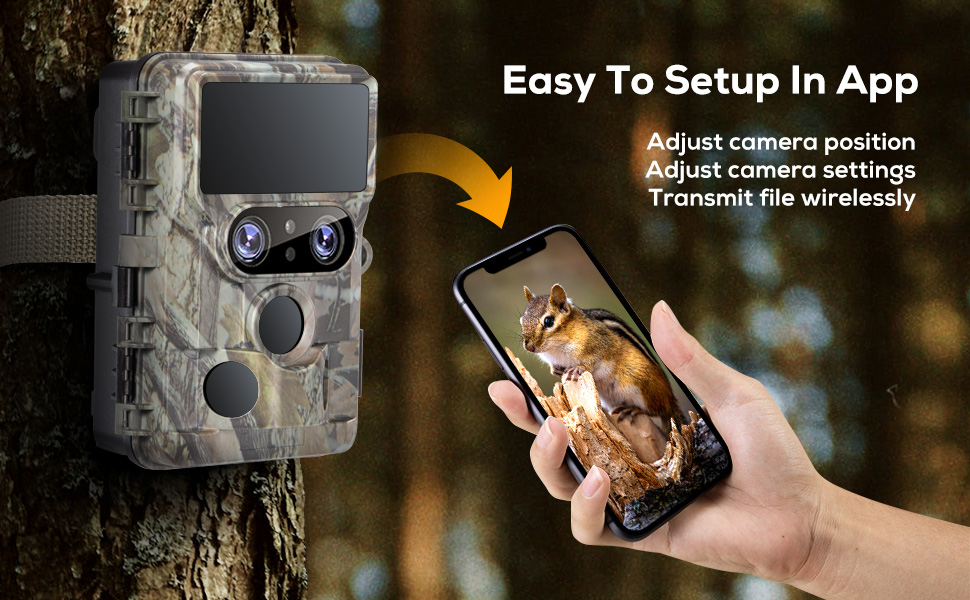
Ease of data retrieval: wireless trail cameras transmit captured images and videos directly to a smartphone or computer, eliminating the need to retrieve physical data storage devices from the field, saving time and effort
Potential for enhanced security: wireless connectivity allows users to monitor remote areas in real-time, enhancing security by providing immediate alerts in case of unauthorized access or suspicious activity.


